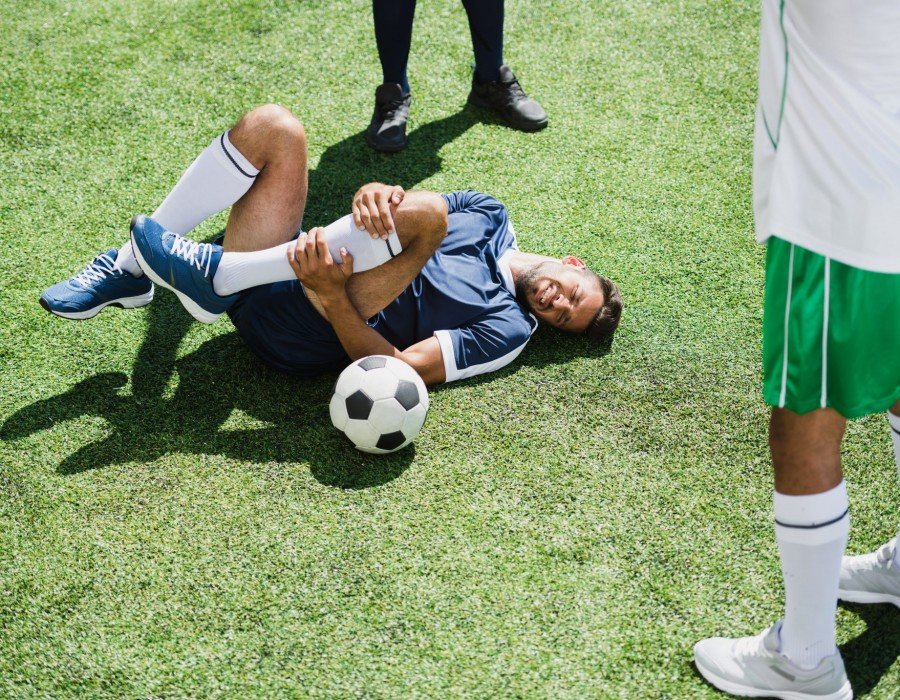Fitness and Performance
Pitch Side Support: A Physios role in Professional Football

If you’re a keen footie fan or player you’ll probably be aware of the presence of a physiotherapist on the pitch side-lines. Their role extends far beyond match day, though. Physiotherapists are called upon throughout the months of training, the match itself and recovery. In today’s blog we look at the role of physiotherapy in football injury prevention and treatment.
Pre-Match
Long before kick-off, physiotherapists play an integral part in a football team’s health and training plan. They will monitor the players’ general well-being including: hydration and sleep levels; resting heart rates and joint/muscular health. Prior to warm-up on the day, they may also provide joint mobilisation, massage and stretching. If necessary, physios will also apply taping or strapping to individual players. Another of their roles is to complete a fitness test with players returning from injury – to confirm their readiness to play.
During The Game
Physiotherapists are key members of the pitch-side support team for each side. They must be able to assess, diagnose, formulate a plan and treat injured players in a very short space of time. They will also have to make the critical decision about whether a player is able to continue playing. Strict guidelines are followed during this assessment. It’s essential that they remain calm under immense pressure; spectators, coaching staff and the rest of the team closely observe their assessment and management of injured players.
Post-Match
After the final whistle blows, physiotherapists continue to play a key role in supporting football teams. They’ll have to assess and treat any minor injuries picked up during the game. More serious injuries may require immediate scanning and a consultant review which the physio will attend with the player. They’ll also sort out ice baths and post-match massages where required.
What happens in the case of injury?
Should a footballer suffer an injury, initial physiotherapy intervention follows the PRICE process: protect, rest, ice, compression, elevation.
Following the 48-hour period after PRICE and after diagnosis, players must follow a return to play (RTP) plan. A physiotherapist will work with the injured player to:
- Decrease pain and swelling using methods such as cryotherapy
- Offload the affected area with appropriate aids – for example, an airboot or crutches
- Gradually restore range of movement through exercise and manual therapy
- Gradually restore strength through progressive exercises using body weight, strength bands and weights
- Improve functional movements with progressive loading and balance work
- Introduce ball work and fitness drills outdoors
- Prepare for return to play through non-contact sessions, progressing to full contact training
- Asses biomechanics and cause of injury if not traumatic, i.e. strain or sprain, to prevent further injury
How we can help you
Are you a keen footballer? If you are, and are either injured or concerned about getting injured, a visit to your physiotherapist can be very beneficial. At your first appointment, you’ll begin with a conversation to establish your main concerns. You’ll discuss the nature of your injury, how it affects you on a day-to-day basis and what your end goals are. The physiotherapist will then conduct a thorough assessment before making a clinical impression or diagnosis. They’ll suggest appropriate treatment options before devising a plan and starting your treatment. You can also ask any questions and get advice on timeframes for your return to training and playing in games.
As well as a specific treatment and rehab plan, your physio will suggest cross-training techniques to maintain your general fitness. As you near the end of your rehabilitation, your physiotherapist will discuss management techniques to avoid re-injury.